[one_half padding=”0 0 0 0px”]
[track-link url=”https://www.ruger.com/products/americanRimfire/models.html” campaign=”Ruger-American-Rimfire” target=”_blank”]Ruger American Rimfire[/track-link]
[/one_half]
[one_half_last padding=”0 0 0 0px”]
[track-link url=”/Search.htm?T=ruger+american+rimfire” campaign=”Ruger-American-Rimfire” target=”_blank”]![]() [/track-link]
[/track-link]
[/one_half_last]
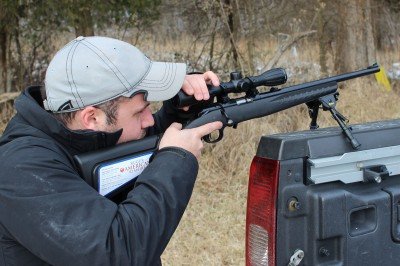
Ruger knows the rimfire market. There’s a lot to say about Ruger’s latest addition to the rimfire line. They run off of the 10/22 magazine and are tack drivers. The rifles are lightweight, indestructible and inexpensive. That last part is hard to wrap your head around, considering that they’re made in the US. But that’s at the heart of Ruger’s mission. Ruger makes affordable guns.That’s easy to see. But they also fight to preserve American manufacturing. They’ve just opened a new plant in Mayodan, North Carolina and are ramping up production in an area that’s been decimated by the decline of the textile industry.
Forgive me if I get a little patriotic here, but this hits close to home. I come from this part of the country. I’ve watched the textiles mills shut down. I live in a rural part of Virginia, just two hours north of Ruger’s new plant. The economy here has been headed south for decades. We have high unemployment, empty sprawl and little hope. We have a lot in common with Mayodan. Or we used to.
When Ruger went to Mayodan, they saw opportunity. When the textile industry pulled out, it left the entire infrastructure intact. Ruger found a state that needed economic development. Rockingham County was full of underemployed (or unemployed) skilled workers. Ruger bought the empty shell of a yarn-dying facility that had closed up shop in the 90s and retrofitted it for the production of firearms.
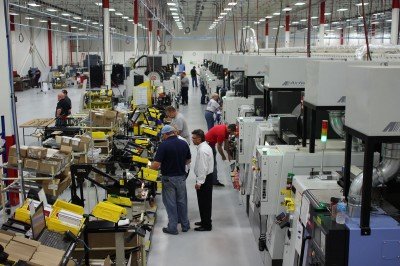
This is a part of the country that still uses firearms to put food on the table. These men and women know guns. Ruger and its product line were welcomed with open enthusiasm, and the community seems to see the new plant as an opportunity and not the political albatross gun makers are made out to be by politicians in the northeast.
The factory is pretty impressive. From the outside, it looks like the rural south. You have to know where you’re going to find the nondescript brick building tucked in the rolling Appalachian foothills. Yet the inside would defy the rest of the country’s preconceptions of the south. It is sterile and efficient, a model of lean manufacturing. Ruger currently has one line dedicated to the production of the American Rimfires that is about the size of a long grocery store isle. Teams of workers move between CNC machines and assembly, handling all aspects of production. Every rifle is test fired on a range just a few feet over and immediately brought back, packed up and loaded. At the current pace, this one line can put out 400 rifles a day.
All of the American Rifle’s milling, bluing, cold hammer forging of barrels, function testing…it all happens here, on the line in Mayodan. And there’s a lot of room for expansion, and it is a true expansion, not a relocation. Ruger’s line in New Hampshire has no little for expansion. Its Arizona facilities are getting tight, too. Each new gun Ruger introduces brings a new interest to the existing product lines, so very little drops from production. So when Ruger was considering how to move forward, they new they would have to add more floor space. The North Carolina facility had everything they needed intact, and they closed on the building on Labor Day of 2013, and had the first gun off the line two months later.
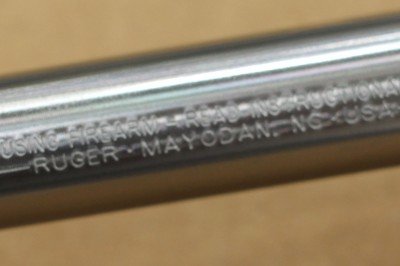
The American Rimfire
I’m a Ruger fan. I’ve owned a couple of 10/22s in my time, and I consider the Take-down to be the pinnacle of affordable automatic rimfire rifles. When Ruger announced the American Rimfire, I wasn’t sure that I saw the point. I own an American Rifle, too, and I respect it for what it is, but I wasn’t sure why we needed another bolt-action rimfire.
The answer came to me easily enough. The American Rimfire line is a bit larger than the 10/22 (with an overall length of 41 inches). It runs off of the same magazines, which means either 10 or 25 rounds. As a bolt action, it is inherently more reliable. Slower, but more reliable. And the American Rifle is a tack driver.
My take on the American Rimfire series is this: they are serious fun guns for people who want affordable accuracy. The 10/22 may be one of the best all-around rimfires ever made, but it is small. I’ve never gotten good gas mileage out of my 10/22. Running the bolt on the American Rimfire makes me slow down a bit. I’m a bit more likely to feed it match grade ammo and call my shots down to the inch.
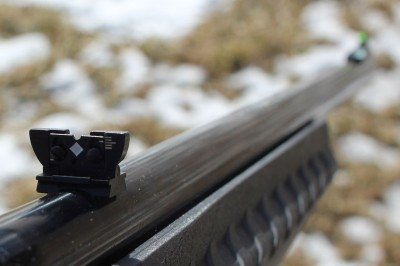
We’ll have a full review of the American Rimfire up shortly. I liked the American Rimfire so much that I bought it and had it threaded. Running this rifle with a Silencerco Sparrow is the quietest rimfire platform I’ve ever shot.
The Mayodan factory is clearly a good thing for Ruger. They’ve got something cooking there that they wouldn’t let us see. It is frustrating, but understandable. Ruger’s philosophy is actually prudent. They keep a seriously tight lid on things until they’re just about ready to ship. Why run reviews or news here, and Ruger is weeks away, or months, or years (as is the case with some companies)? Ruger has assured us that we’ll have the news on what’s coming, and the gun soon after.
At the rate they’re expanding, Ruger has room to grow. The new factory has 220,00 square feet of floor space. There are currently about 100 folks working the new plant, and they have room to 400 to 500 more. Growth is inevitable. And all of it—from the sourcing of springs, polymers, and steel, to the milling and cold hammer forging of the barrels—feeds a sustainable economic model that benefits all of us.
[one_half]
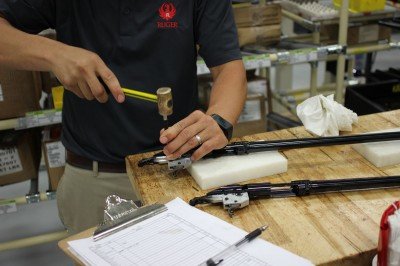
[/one_half]
[one_half_last]
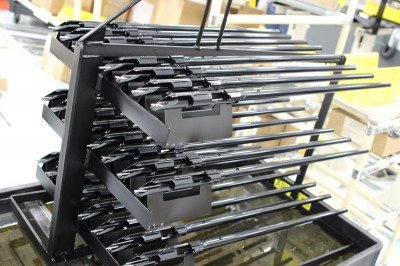
[/one_half_last]
[one_half]
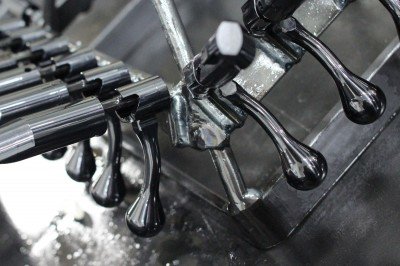
[/one_half]
[one_half_last]
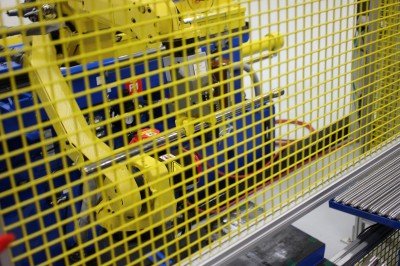
[/one_half_last]
[one_half]
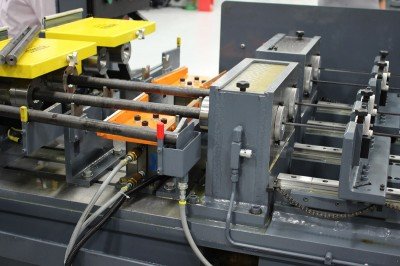
[/one_half]
[one_half_last]

[/one_half_last]
[one_half]
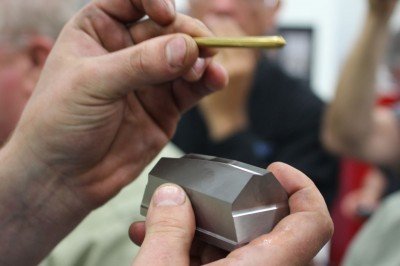
[/one_half]
[one_half_last]
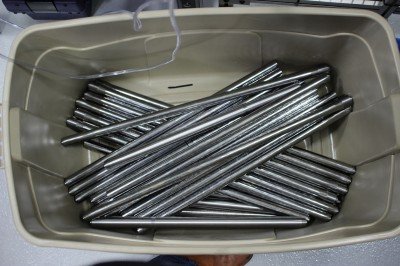
[/one_half_last]
[one_half]
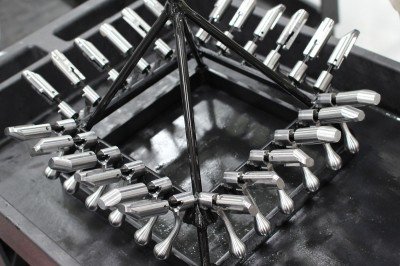
[/one_half]
[one_half_last]
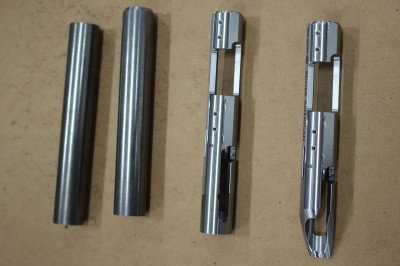
[/one_half_last]
[one_half]
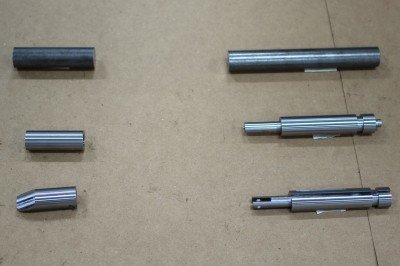
[/one_half]
[one_half_last]
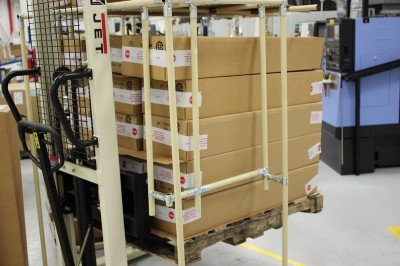
[/one_half_last]
[one_half]

[/one_half]
[one_half_last]
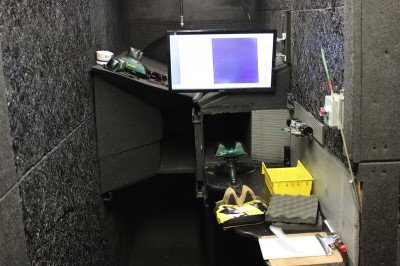
[/one_half_last]
[one_half]
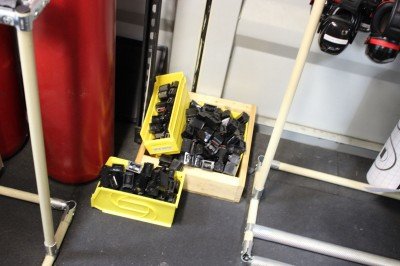
[/one_half]
[one_half_last]
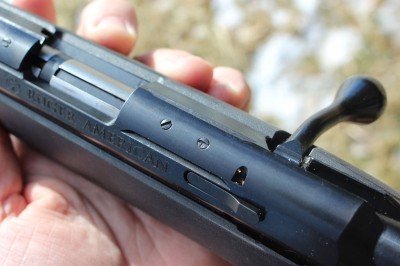
[/one_half_last]
[one_half]
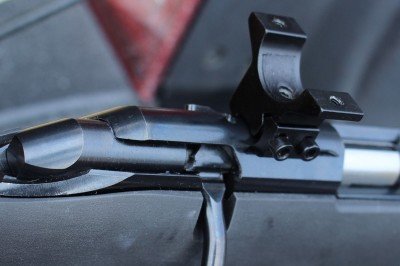
[/one_half]
[one_half_last]
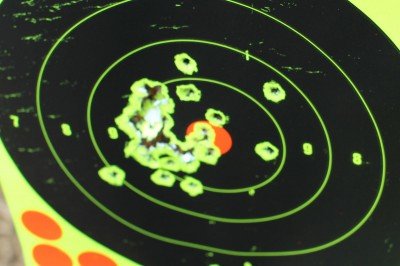
[/one_half_last]